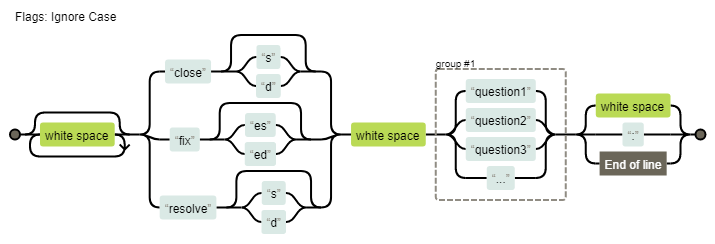Get the repositories working with the tool
Table of contents
ReadMe format
In order for the tool to be able to retrieve the name of the student and their work group, it reads the README.md file, so it must follow in a fairly precise format, which is the following :
# First IT practical
### LAST NAME : DOE
### First name : John
### TP group :
- [ ] 11
- [x] 12
- [ ] 21
- [ ] 22
In this file, 2 informations are retrieved :
- the student’s name is retrieved by reading the words after the tokens
LAST NAME :andFirst name :are then concatenated. Which means it doesn’t matter if the tokens are a title or not or if something else is written before
Note that the name extraction is dependent on the selected language ! For french, the token are NOM : and Prénom :.
- the student’s work group is retrived by reading what is after the token
- [x]. This means that if you want to use a checklist in your README, you have to do it after
In fact, the character between the brackets can be anything as long as it’s not a whitespace
Closing commit keywords
To identify whether a commit is a closing commit of a question, the tool uses the same syntax as Github to close an issue.
 The regular expression used to detect a close commit
The regular expression used to detect a close commit As you can see, the close commit keyword must be followed by a space, then the question ID, represented in the image above by group #1.
The question syntax being completely unrestricted, it is possible to link questions with Github #n issues.